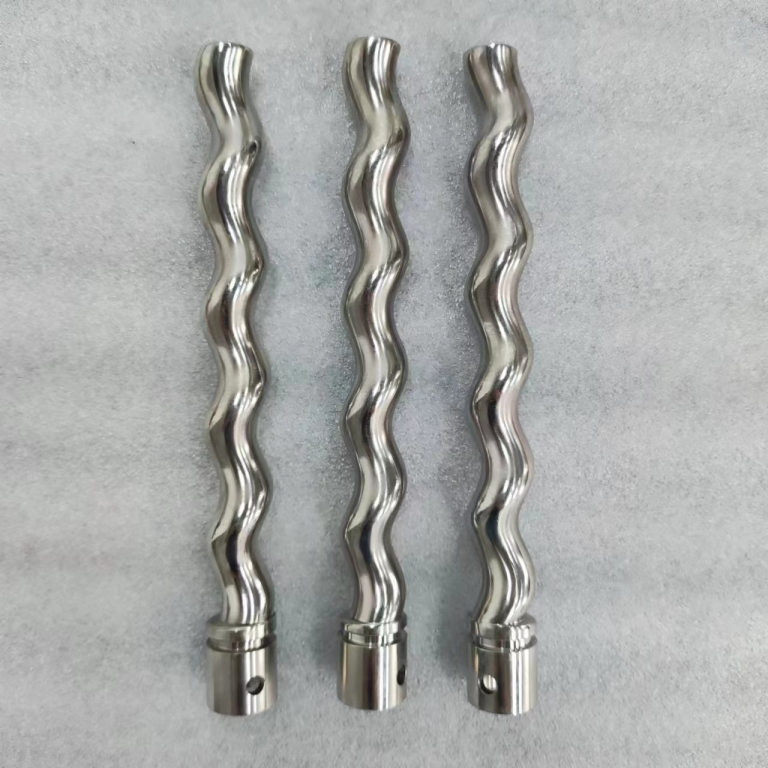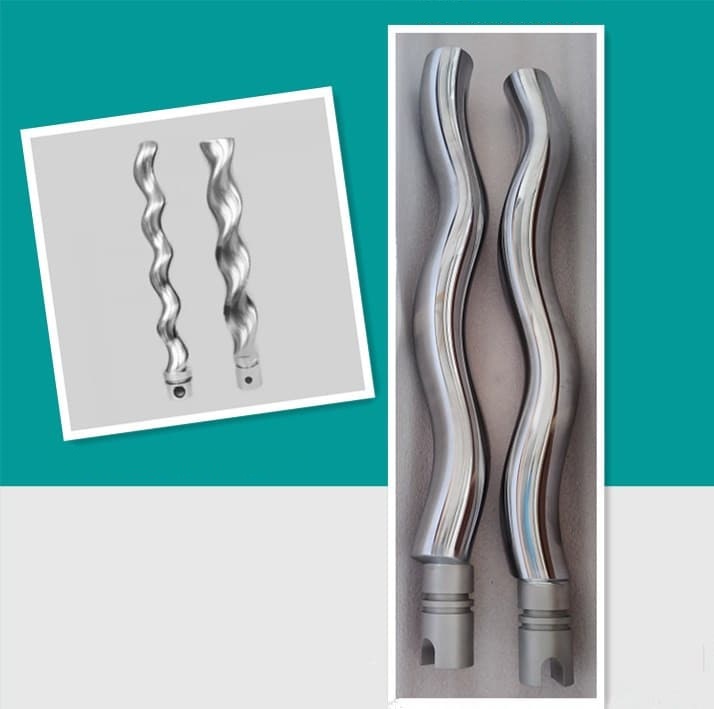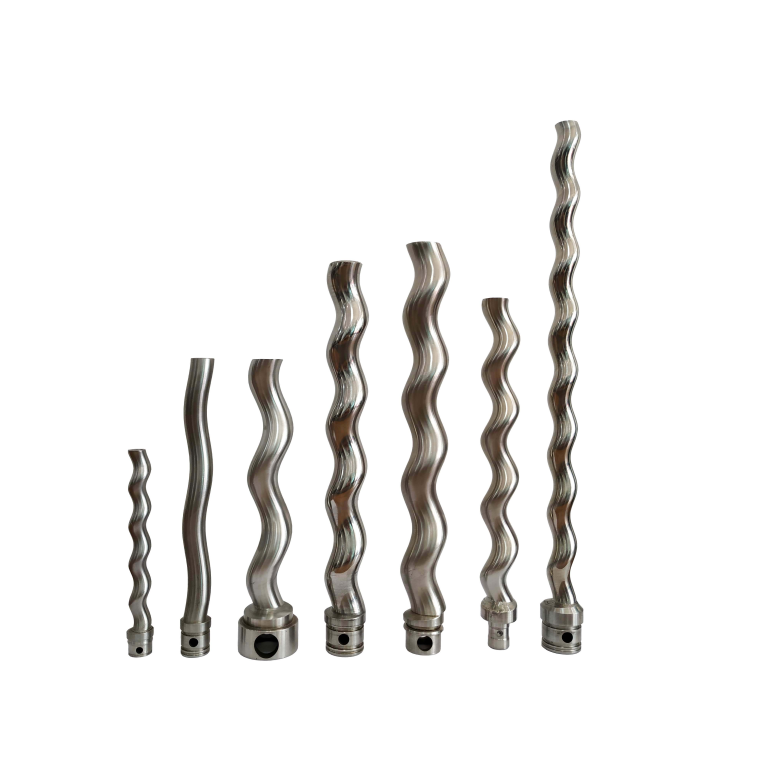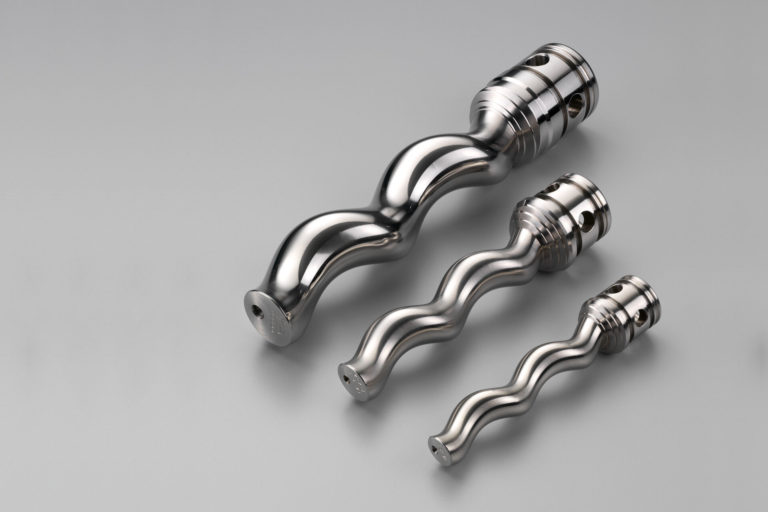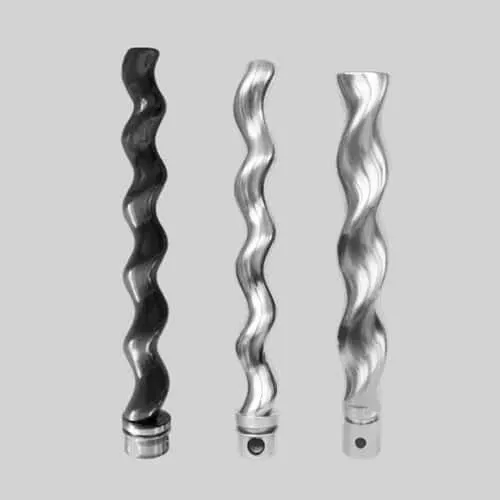stator and rotor
In pump technology, particularly in progressing cavity pumps and other similar mechanisms, the stator and rotor are critical components that work together to facilitate the movement of fluids. Here’s a detailed overview of both components:
1. Rotor
-
- Definition:
The rotor is the moving part of the pump that rotates within the stator.
- Definition:
-
- Design:
-
- Typically has a helical or spiral shape.
-
- Made from materials that can withstand wear and tear, as well as the specific fluid being pumped.
-
- Function:
-
- As the rotor turns, it creates cavities that trap the fluid and move it through the pump.
-
- Generates pressure to push the fluid through the discharge side of the pump.

2. Stator
-
- Definition:
The stator is the stationary part of the pump that surrounds the rotor.
- Definition:
-
- Design:
-
- Usually made from elastomeric materials or metal, depending on the application and fluid being handled.
-
- The inner surface is shaped to match the rotor’s helical design, forming a tight seal.
-
- Function:
-
- Provides a chamber for the rotor to rotate within, allowing the creation of the cavities needed to transport the fluid.
-
- Maintains the pressure within the pump and helps in controlling the flow rate.

3. How They Work Together
-
- Fluid Movement:
-
- As the rotor spins inside the stator, the helical design creates a series of sealed chambers or cavities that move the fluid from the inlet to the outlet.
-
- Flow Rate:
-
- The rotational speed of the rotor directly affects the flow rate and pressure of the pumped fluid.
-
- Efficiency:
-
- The interaction between the rotor and stator is designed to minimize leakage and maximize efficiency, ensuring smooth and continuous fluid transfer.

4. Applications
-
- Food and Beverage:
-
- Used for transporting viscous products like sauces, creams, and pastes.
-
- Chemical Processing:
-
- Suitable for handling aggressive or abrasive chemicals.
-
- Wastewater Treatment:
-
- Effective in pumping sludge and other viscous materials.



